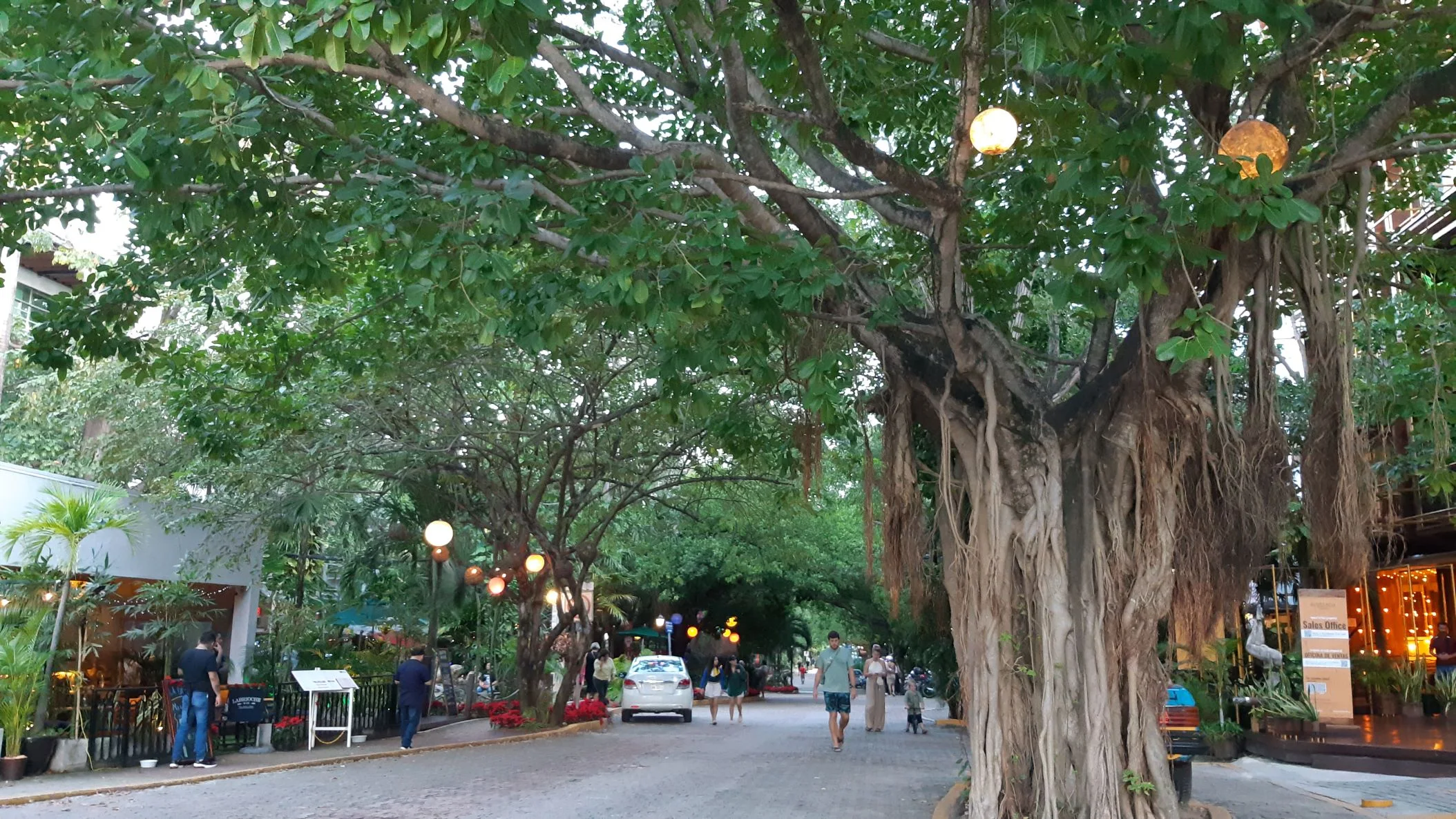We are currently travelling through Mexico, and after having a great time seeing some of Mexico’s historic towns and archaeological wonders, we flew to the famous Yucatán Peninsula in Mexico’s far east. With the Gulf of Mexico on one side and the Caribbean Sea on the other, the peninsular has become known for its fabulous beaches, tropical climate, and mix of architecture.
 |
| Interesting architecture in the historic centre of Mérida (UNESCO), Mexico |
Our first stop there was the city of Mérida, the capital of the Yucatán, and home to around 1.2 million people. Mérida is famous for its historic centre, and we stayed in an AirBnB apartment in the centre zone. We took many walks around this area, enjoying its architecture, and big, lively squares.
Founded by the Spanish in 1542 and built on the remains of the Maya city of T'Ho, Mérida’s architecture has a Spanish and Mayan heritage. We liked seeing the stately mansions of the colonial days, especially the highly decorative Spanish Plateresque architecture of the La Casa de Montejo that sits on one side of Mérida’s large main square.
 |
| Pedestrian streets in Mérida (UNESCO), Mexico |
Also on the square, was the obligatory large cathedral and other large architectural pieces, giving the square an imposing feel. There were plenty of pedestrian streets, especially around and behind the square, and there always seemed to be an event on, and musicians around. It’s a dynamic place.
Searching for a restaurant near the square one day, we came across a Belgian beer house – Belgian in Mexico…hmmm. Anyway, we popped in to find three sad Santas who considerably brightened up when we sat down and ordered a beer and food.
We visited all of the key sights in Mérida, including the Maya Market where we saw elaborate La Calavera Catrina figures – skeletons wearing an extravagant hat and a wide smile. They are a symbol of the Dia de los Muertos (Day of the Dead) holiday in Mexico. The day is a celebration of loved ones who have passed on, indicating that death is a natural part of life.
From Mérida, we visited one of Mexico’s most famous Maya ruins, the pre-Hispanic City of Chichén Itzá. We’ve seen quite a few ruins in Mexico, but the UNESCO site of Chichén Itzá took our breath away. We arrived there by bus and it was a long ride, but so worth it. Especially when the first thing we saw was a huge pyramid that dominated the open space in front of it. What a stunner!
Chichén Itzá was an ancient and large city made of stone. It is now a ruin with various parts in different states of preservation. The site is huge and connected by tree-lined streets called sacbeobs. It is estimated that it was first settled by Mayas in the 6th century, and grew to accommodate 35,000 people.
We wandered around Chichén Itzá for hours, fascinated by the skills of the people who built such mammoth structures without the technology that we have today. One of the interesting stories behind Chichén Itzá is that there were human sacrifices made to the rain god, where victims were thrown into a cenote.
A cenote is a water-filled sink-hole. There are many cenotes in the Yucatán, obviously not now used for sacrifice, but used for swimming. After seeing every corner of Chichén Itzá, we faced the long bus trip back to Mérida. But we were glad that we’d made the effort to get there. Overall, we spent only two days in Mérida, but really liked its laid-back feel. It seemed very authentic, and not at all touristy.
When it was time to leave Mérida, we bussed across the Yucatán to Playa Del Carmen, a beach town on the Caribbean Sea. We weren’t there for any other reason except to have a seaside holiday. We had a great Air BnB apartment that was close to shops and the beaches. So after arriving, we walked around the area then down to one of Playa’s many golden-sand beaches.
Playa was once a small fishing village, but all signs of that are gone and it is now a very lively and vibrant city of 150,000 people. The downtown area near us, is centred on Quinta Avenue, a pedestrian street lined with shops, hotels, bars, and restaurants, that exudes a real air of excitement.
The offshoot streets were also full of restaurants, and we had some wonderful seafood meals there. We liked eating outside day or night, in the humid 23⁰ to 25⁰ degree climate, and we kicked back and enjoyed the area. In fact, we’ve really enjoyed being in Mexico. We loved the scenery, architecture and history and especially the people. However, it's now time to cross the border into Belize, which you can read about in the next blog.
This post is the fifth in a series that tells the story of our travel in Mexico and Central America. The first post in the series can be found here.









